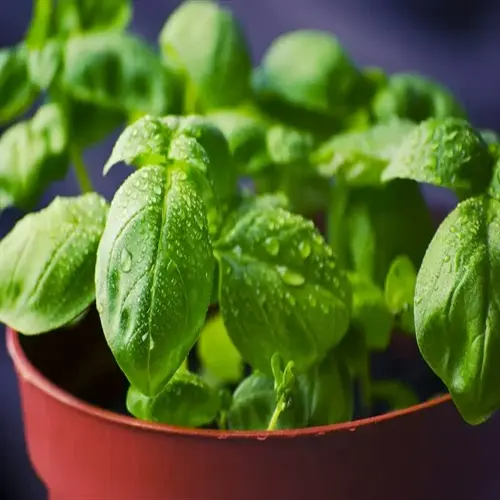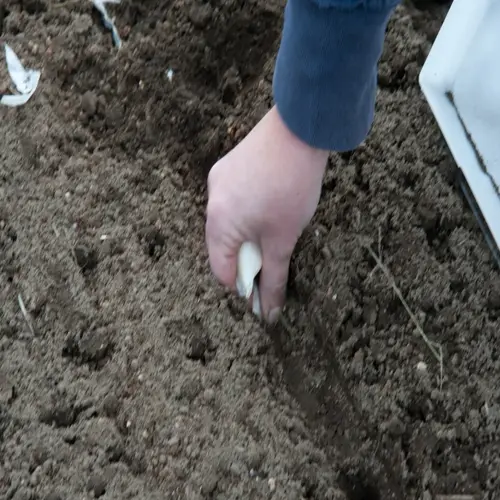What plants should never be near carrots?

Written by
Nguyen Minh
Reviewed by
Prof. Martin Thorne, Ph.D.Companion planting can significantly impact the yield and health of plants, especially carrots. There are some plants that produce chemicals that either stunt the growth of carrots or damage them directly. I learned the hard way when I grew my carrots beside my dill and ended up with twisted, bitter carrots. Keeping these plants strategically apart, both for optimal carrot growth and maximizing the use of garden space, is key.
Allelopathic Plants
- Dill and fennel release root-inhibiting chemicals
- Walnut trees produce juglone toxic to carrots
- Must maintain 50+ foot separation from walnut roots
Shared Pest Magnets
- Parsnips attract carrot rust flies that damage roots
- Celery hosts leafhoppers spreading aster yellows disease
- Coriander draws aphids that transmit viruses
Resource Competitors
- Potatoes deplete phosphorus essential for root growth
- Corn creates shade while exhausting soil nitrogen
- Sunflowers release growth-suppressing compounds
Trap cropping guards carrots from pests in a chemical-free manner. To trap flea beetles, you plant radishes 5 feet from carrots. Nasturtiums are the best trap crops for aphids. I practice this as an alternative to pesticides. It maintains its organic integrity with high-quality carrots and flavor.
Companion plants have been known to improve the performance of carrots when they are planted near one another. Onions and their strong pungent smell can repel carrot flies. Leeks provide camouflage for root pests. Rosemary naturally deters carrot rust flies. My best harvests always include these protective companions growing in a bed beside carrots.
Crop rotation stops disease carryover from bad neighbors. Don't plant carrots in parsnip beds. Don't plant potatoes again for three years. I'm a bit obsessive about mapping rotations. I ensure that I break pest cycles and continually improve soil health.
Container isolation resolves limitations of small spaces. Carrots can be grown in isolation, separate from herbs that inhibit their growth. Raised containers eliminate walnut root from invading the area. I also use 18-inch deep pots for carrots and rosemary in adjacent planters. This provides physical barriers for safety.
Read the full article: When to Plant Carrots: Expert Timing Guide

